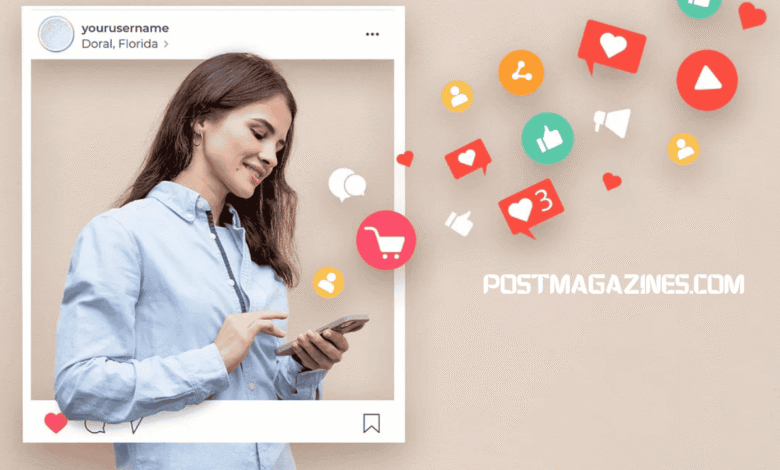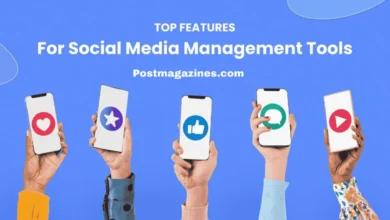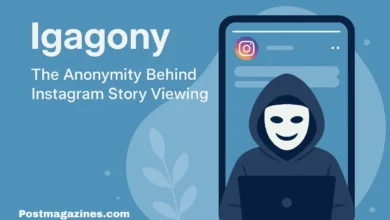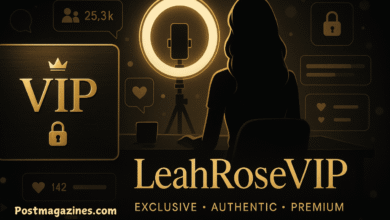InfluncersGoneWild: The Rise, Risks, and Realities of Online Fame

In today’s digital-first world, the influencer has become ubiquitous. From beauty tutorials to travel vlogs, influencers shape trends, spark conversations, and drive consumer behavior. Yet, as social media culture evolves, a controversial trend has emerged—InfluncersGoneWild. This term encapsulates a growing phenomenon where digital creators push boundaries, sometimes to problematic extents, all in pursuit of clicks, likes, and followers.
What is InfluncersGoneWild?
InfluncersGoneWild refers to instances where online personalities engage in outrageous, provocative, or unethical behavior to attract attention. This phenomenon spans various social media platforms, including Instagram, TikTok, YouTube, and Twitter. While some actions are relatively harmless—like bizarre fashion choices or over-the-top pranks—others venture into dangerous territory involving misinformation, fraud, or inappropriate content.
The term has also been associated with certain websites and blogs, some claiming to expose or discuss influencer antics. These platforms often offer commentary on viral influencer moments, but some have drawn criticism for encouraging voyeuristic behavior or enabling harassment.
Origins and Popularity of the Trend
The concept of influencers acting “wild” is not new. Reality television, celebrity tabloids, and paparazzi culture laid the groundwork long before Instagram was born. However, the rise of platforms that reward engagement metrics has created an environment ripe for exploitation.
When a shocking video can go viral in minutes and generate revenue, the temptation to act out increases. Influencers are not only competing for attention; they’re also vying for sponsorships, partnerships, and monetization opportunities. This pressure can lead some to make poor decisions, often underestimating the long-term consequences.
Famous Examples of Influencers Gone Wild
Several incidents have made headlines under this trend. From YouTubers staging insensitive “pranks” to TikTok stars flouting pandemic guidelines, these acts have drawn public ire and, in some cases, legal repercussions.
- Logan Paul encountered backlash after posting a video showing a dead body in Japan’s Aokigahara Forest.
- Jake Paul held parties during the height of the COVID-19 pandemic, ignoring social distancing norms.
- Belle Delphine blurred the lines between influencer marketing and adult content, generating massive controversy and viral buzz.
These examples show how far some influencers will go to remain in the spotlight, even at the cost of public goodwill.
The Role of Social Media Algorithms
One key driver of this trend is social media’s algorithmic nature. Platforms like TikTok, Instagram, and YouTube prioritize content that maximizes engagement. Controversial posts often receive more likes, comments, and shares, giving them more visibility. This system generates a feedback loop encouraging creators to produce increasingly sensational content.
The influncersGoneWild also gains traction from hashtag culture. Trending tags can amplify reach exponentially, tempting influencers to latch onto viral moments or create controversy for attention.
Psychological Impacts on Influencers
Living under constant scrutiny can take a toll. The pressure to perform, combined with the desire for relevance, can lead to burnout, anxiety, and depression. Many influencers admit to feeling trapped in their online personas, unable to express vulnerability without risking follower loss.
Moreover, when an influencer goes “wild,” the backlash can be swift and severe. Cancel culture has emerged as a digital form of public shaming, often without room for redemption. While accountability is necessary, the line between criticism and harassment is increasingly blurred.
Effects on Followers and Society
Influencers often hold significant sway over their audiences, especially younger viewers. When these role models engage in risky or inappropriate behavior, the impact can be damaging. Imitation is common, and viewers may mimic harmful actions, thinking they are glamorous or acceptable.
Additionally, the glamorization of controversy can distort societal norms. As more influencers gain fame through questionable means, the message becomes clear: shock sells. This can erode standards of authenticity, responsibility, and empathy online.
Monetization of Outrage
Another concerning aspect of the influncersGoneWild phenomenon is the monetization of outrage. Influencers who stir controversy often see spikes in traffic, which can translate into ad revenue, merchandise sales, and media appearances. In this way, bad behavior is not just overlooked; it can be profitable.
Some platforms and third-party websites capitalize on this trend as well. Websites that compile or showcase “wild” influencer content attract massive traffic, further incentivizing outrageous behavior.
Legal and Ethical Implications
The rise of influencer culture has prompted legal scrutiny. Misleading endorsements, data privacy violations, and offensive content can lead to lawsuits or regulatory action. Governments and watchdog organizations increasingly monitor digital creators to ensure they adhere to advertising standards and community guidelines.
Influencers must also navigate the ethical minefield of public influence. With great reach comes great responsibility. Promoting unhealthy lifestyles, endorsing unsafe products, or manipulating audiences can have real-world consequences.
How to Navigate the InfluncersGoneWild Trend Responsibly
- As a Viewer:
- Verify facts before sharing or reacting to viral content.
- Hold influencers accountable without resorting to cyberbullying.
- Support creators who promote positive, ethical behavior.
- As an Influencer:
- Prioritize authenticity over shock value.
- Be transparent about sponsored content.
- Engage with followers in a respectful, meaningful way.
- As a Platform:
- Improve content moderation systems.
- Penalize harmful behavior consistently.
- Promote digital literacy among users.
Conclusion: The Future of Influencer Culture
InfluncersGoneWild is a cautionary tale about the perils of fame in the digital age. While influencer culture is here to stay, creators, platforms, and audiences must cultivate a more ethical and responsible online environment.
The future lies not in sensationalism but in storytelling that inspires, informs, and uplifts. As digital citizens, we must choose which voices to amplify and what kind of internet we want to create.




